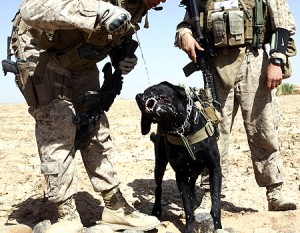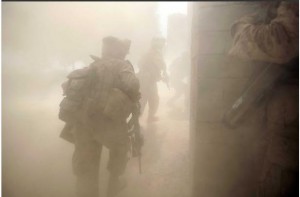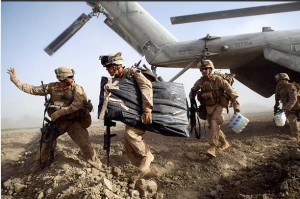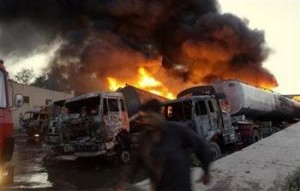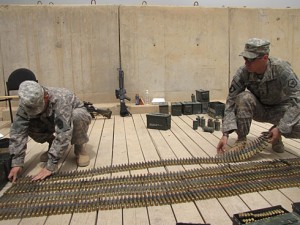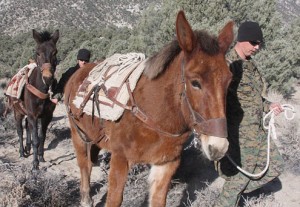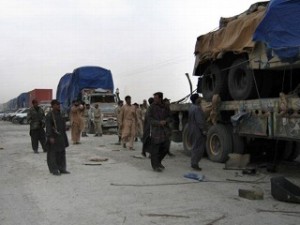Helmand: Camping Trip to Hell
BY Herschel SmithFrom McClatchy.
FOB HASSANABAD, Afghanistan — The young Marines at this outpost could be on a camping trip to Hell.
The living conditions in Helmand Province, one of the worst regions for trouble in Afghanistan, are such that most of friends and family in the United States wouldn’t consider putting up with them for one day, much less the months these men will be assigned here.
It’s not even officially winter, yet temperatures routinely fall below freezing at night, and there’s no heat in the tents. At night when standing guard in one of the security towers, the Marines put on layer after layer of clothes, including thermal suits. It does little to ward off the chill of the desert air.
There is no hot water. The only running water in the camp comes from a 3 inch diameter hose that jets out cold water in fire hydrant fashion. Clothes are washed in buckets, when time permits and the weather cooperates, then strung between tents and dried in the sun.
There are “sun” bags that can warm water to a tolerable temperature but they’re used outside in a small wooden enclosure where the wind wreaks havoc on the bathing experience. Some of the men go for a couple of weeks without a real bath, using cloth sanitary wipes. Many just use the cold water from the hose and get clean as fast as possible without succumbing to uncontrollable shivering.
Meals come in a box. After a few days they all taste the same: Chicken with salsa, meat loaf, pork loin patty, cheese tortellini. The men gruble, as military nmen have for centuries.
Toilet facilities are wooden stalls with canvas doors and plastic commode seats where WAG (Waste Allocation and Gell) bags are used.
Mice are everywhere, pouring in from the surrounding cornfields. The men have adopted several kittens, even outfitting them with flea collars. The arrangement benefits t the cats and the Marines; the cats crave the attention and they have a healthy appetite for the mice.
But the Marines of Golf Company don’t mind the austere conditions. Most shrug their shoulders and say they don’t like spending much time in the base camp anyway, they’d rather be out on patrol chasing the bad guys.
There’s no shortage of bad guys in Helmand, scene of some of the most intense fighting in Afghanistan. It boasts the highest casualty rate in the country.
But the Marines say they don’t mind. After all they are Marines.
Now compare this to the conditions we observed in Bagram Bloats: Where is the infantry?
The base’s main road, a tree-lined thoroughfare called “Disney drive,” is so congested at times it looks like a downtown street at rush hour. Kicking up dust on that road are Humvees, mine-resistant vehicles, SUVs, buses, trucks and sedans.
A pedestrian path running alongside that road is as busy as a shopping street on a Saturday afternoon, with hundreds of soldiers, Marines, airmen, navy officers and civilian contractors almost rubbing shoulders. Similarly, the lines are long at the overcrowded food halls, the American fast food outlets, cafes, PX stores and ATM machines.
Signs on bathroom walls warn of a water shortage.
“If you think you are maybe wasting water, YOU PROBABLY ARE,” warns one sign.
Clients must wait, sometimes for up to an hour, for a haircut. For the luxury of a back massage, an appointment is recommended.
The ratio of support to infantry is far too high, the efficiency of logistics too low, and the expense of supplies out of control. Until this institutional and bureaucratic bloat is lanced, any campaign will cost more than it should not only in terms of dollars, but in that most important metric: human lives. The DoD needs real force transformation, not shuffling the deck chairs.
